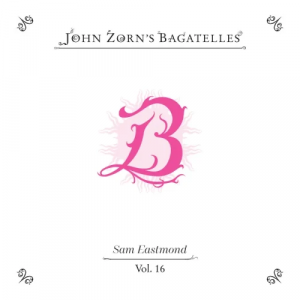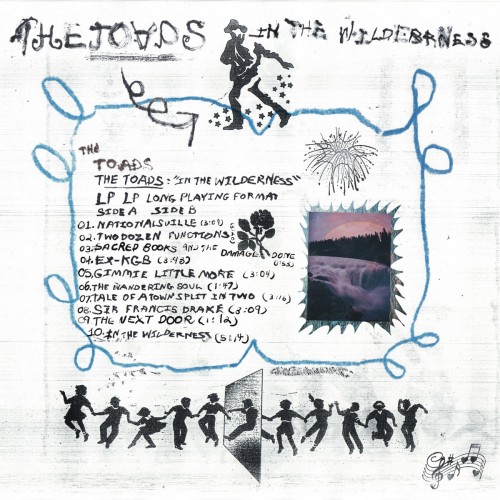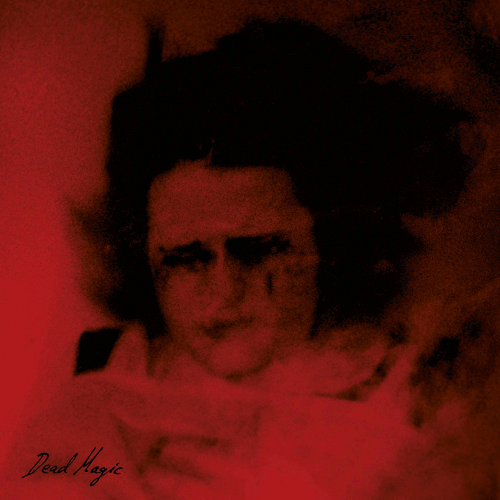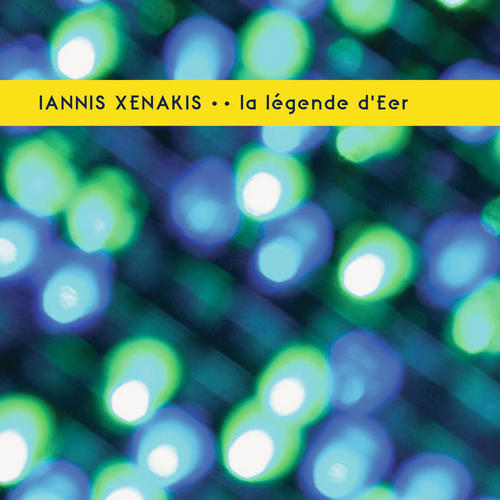 John Zorn, in 2023, is a tricky one to pin down.
John Zorn, in 2023, is a tricky one to pin down.
His catalogue is positively seam-splitting and well varied. While there’s plenty of artists with similar-sized outputs, there’s not many with as many genres, let alone as many genres done well. He’s as capable of sombre renderings of traditional Jewish music in Masada as he is the American Football-by-composition of Cobra, the ruthlessly savage Painkiller or the who’s who of experimental music collaborators.
There’s a danger, with figures like Zorn, that it’s harder to take his works seriously because of the glut. I should say that there isn’t always the time to attend to his work. Unlike a Merzbow though, I always get a sense of regret when I do step into Zorn’s world — regret that I’m not keeping up to speed with his work in general.Considering Zorn as a composer is tricky, if not contentious — while there’s plenty of works which definitely bear his stamp as a composer, there’s as many where he distorts the listener’s view of the role. That is to say, he’s eminently capable of facilitating his ensemble to improvise through a work. Where he can fry your kneecaps with lurid saxophone venom, he’s not a blast-over-everything player, even when he’s in the noisier end of his work.
This CD is the latest in a now extensive collection of Bagatelles, wee caprices that are given to various musicians to interpret. At the time of writing there’s been sixteen editions, so there’s every chance a few more have been put out by the time you’re reading. I’m not entirely clear how composed these are — the music is described as “300 new tunes, each generally consisting of 3-line melodies” and given the breadth of interpretations, it’s probably fair to say there are melodies for interpretation rather than fully composed pieces (or heads / lead sheets).
The idea of Zorn on big band is perhaps an odd one — big bands tends to connote a certain kind of tradition — stable compositions and fixed roles. The music we get here has those qualities in parts — some gorgeously in-tune horns on the track “#256” (referring to the bagatelle, rather than track number), tightly played unison lines, rhythm persisting in bass horns rather than propulsed from drums, New Orleans-ian funereal outro (“#78”) . Elsewhere there’s plenty that is distinctly not-big band: crime scene meets free improv (“#198”), grinding repetition with a preponderous solo (“#63”). “#78” features some of the most lurid acidic trumpet I’ve heard for a fair old while.
It’s tempting to say that if you like music, you’ll like this. That’s preposterous, but there’s so many traditions alluded to here that it covers a huge territory. But this isn’t the ‘lol loads of genres’ of Mr Bungle, which might as well be fart jokes for all the value it has. Eastmond keeps a coherent sound — “#74” might sound like György Ligeti melody lines chasing each other over a walking bassline, but it’s never disingenuous. This is distinctly covered in Eastmond’s voice; the big band never feels like it’s half-arsing free improv gestures.The press release quotes Eastmond: “…a band capable of tackling the unique challenges posed by the Bagatelles … I imagined forming a band from small guerrilla groups who could strike and then blend into a larger force”. It’s an apt metaphor — big bands do tend towards a sort of militarism, highly organised and stratified. I have no idea where big band composition is in 2023, but every time I see one they haven’t left the second world war, so big band tradition is roughly assaulted into the twenty-first century here. And perversely the bad flourishes through the damage.
Where this sits in Zorn’s discography is tricky, but I can tell you that it’s given me the distinct feeling that I need to have more of a go at Zorn’s catalogue. Perhaps it’s time to give up on sleeping.-Kev Nickells-



